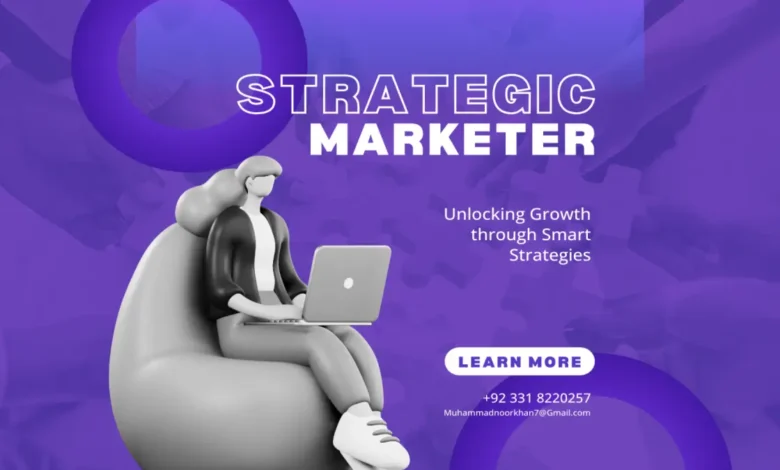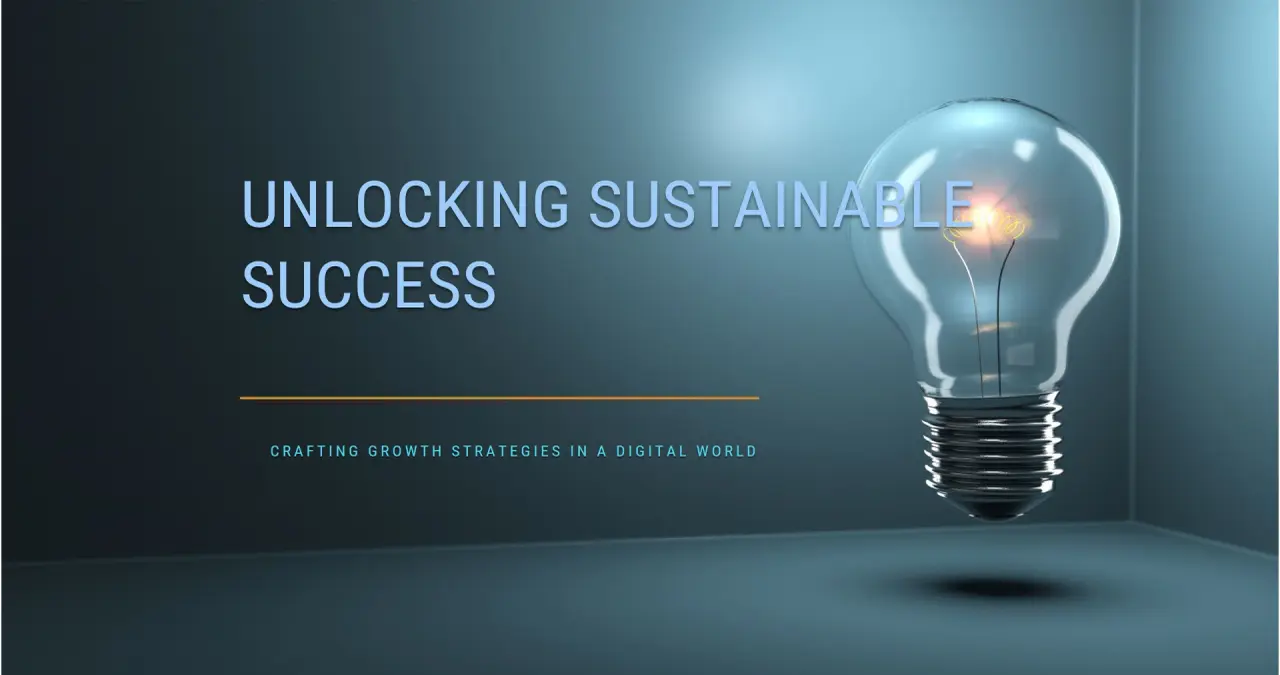Unlocking Strategic Growth: A Deep Dive into the Ansoff Matrix Template

Unlocking Strategic Growth: The Ansoff Matrix template is one of those strategic tools that businesses love to rely on when navigating growth. It’s simple, clear, and incredibly powerful in helping leaders make sense of their market opportunities. Whether you’re running a small startup, managing a product team, or steering a multinational corporation, the Ansoff Matrix template offers a well-structured framework that helps you explore how to grow your business sustainably.
What makes the Ansoff Matrix template particularly valuable is its ability to guide decision-making without overwhelming the process. It strips strategy down to a few critical choices: whether to stick with your current products and markets or venture into something new. This clarity can help avoid risky bets and instead promote thoughtful, strategic expansion.
Understanding the Ansoff Matrix Template
At its core, the Ansoff Matrix template is a grid that breaks down growth strategies into four distinct options. These options help businesses decide whether to focus on current markets or explore new ones, and whether to stick with existing products or develop new ones. This strategic breakdown gives clarity to decision-makers who are looking to grow in a calculated manner.
The beauty of the Ansoff Matrix template lies in its ability to simplify complexity. It doesn’t require a massive data dump or months of research to begin making sense of your strategic direction. Instead, it offers a quick and digestible way to visualize opportunities, understand the risks, and identify the right moves. This makes it an indispensable tool in boardrooms and brainstorming sessions alike.
The Four Growth Strategies in the Ansoff Matrix Template
The Ansoff Matrix template is built around four primary strategies: market penetration, product development, market development, and diversification. Each has a unique approach to growth and a specific risk profile. Knowing how to apply each can dramatically impact your results.
Market penetration focuses on increasing sales of existing products in existing markets. This is often the safest strategy and involves tactics like boosting marketing efforts or adjusting pricing. On the other hand, product development involves creating new products for the current customer base. While this strategy requires innovation, it allows you to leverage the relationships and trust you’ve already built with your market.
Market development shifts attention to introducing existing products into new markets. This could involve geographical expansion or targeting different customer segments. Lastly, diversification is the most radical approach, where both the product and market are new. This strategy can offer high rewards, but it also carries higher risks due to the unfamiliarity on both fronts.
Unlocking Strategic Growth: Benefits of Using an Ansoff Matrix Template
The Ansoff Matrix template offers several advantages for businesses looking to grow strategically. One of the most significant benefits is that it helps clarify your options. Too often, companies get stuck between ideas or spread themselves too thin. This template forces you to categorize your initiatives clearly, leading to more focused and effective strategies.
Another major benefit is the way it helps assess risk. Each strategy in the Ansoff Matrix template carries a different level of risk. By plotting your options on the matrix, you can visually see which ones are safer and which are more aggressive. This kind of insight can make strategic planning more grounded and aligned with your business’s risk appetite.

How to Use an Ansoff Matrix Template in Real Life
Applying the Ansoff Matrix template to your business starts with an honest assessment of where you stand. What products are you currently offering? Who are your existing customers? These foundational questions will help determine your position in the matrix. Once you know that, you can explore the other three quadrants to identify new opportunities.
Let’s say you’re running a health and wellness brand. You might start in the market penetration quadrant by increasing your marketing spend to drive more sales of your protein shakes. If that levels off, you might shift into product development by launching a new line of health bars for your existing customers. From there, you might look into market development by expanding into overseas markets. And if you’re feeling bold, you could diversify into wellness tech, like creating a fitness tracking app.
Creating Your Own Ansoff Matrix Template
You don’t need fancy software or expensive consultants to create an Ansoff Matrix template. A simple grid with two axes products and markets is enough to get started. Label one axis as existing vs. new products, and the other as existing vs. new markets. This forms four quadrants, each representing a different strategy.
Once you’ve got your template ready, the next step is to brainstorm. Use sticky notes or digital tools to jot down current strategies and ideas. Place each initiative in the appropriate quadrant. Seeing everything laid out this way can help highlight gaps or overlaps, which makes your planning more efficient and targeted.
Common Mistakes to Avoid When Using the Ansoff Matrix Template
While the Ansoff Matrix template is incredibly helpful, it’s not foolproof. One of the most common mistakes is misplacing initiatives into the wrong quadrant. This usually happens when companies don’t take the time to define whether a market or product is truly new. Misclassification can lead to underestimating risk and overestimating potential returns.
Another issue is using the matrix in isolation. It’s a great starting point, but it should be used alongside other tools like SWOT analysis, PESTLE analysis, and financial modeling. When the Ansoff Matrix template is integrated into a broader strategic planning process, its impact multiplies significantly.
The Ansoff Matrix Template in Digital Marketing
Digital marketing is one of the fields where the Ansoff Matrix template thrives. If you’re a digital marketer or brand strategist, this tool can guide your campaigns with laser focus. For instance, you might use market penetration strategies like email automation or remarketing to boost sales among existing customers.
If you’re eyeing a new audience on a different platform say, Gen Z users on TikTok you’re moving into the market development quadrant. Launching a new digital product like an app or e-learning course would fall under product development. Venturing into virtual reality experiences would be a classic case of diversification. The flexibility of the Ansoff Matrix template makes it a favorite among growth-driven marketers.
Ansoff Matrix Template in Startups and Small Businesses
For startups and small businesses, the Ansoff Matrix template is a lifesaver. It’s easy to get distracted by a thousand ideas when you’re in the early stages of building a business. This tool helps keep you focused by offering a clear framework to evaluate each new opportunity. You can prioritize based on your available resources and appetite for risk.
In the startup world, agility is everything. The Ansoff Matrix template lets you pivot intelligently instead of randomly. You might begin with market penetration to solidify your base, then slowly branch out as revenue grows. With each move, the matrix acts as a compass, pointing your team in the right direction without adding complexity.
Case Studies: Real Businesses Using the Ansoff Matrix Template
Many iconic businesses have used strategies reflected in the Ansoff Matrix template. Take Netflix as an example. It started with market penetration by dominating the DVD rental space. Later, it shifted into product development by launching streaming services. It didn’t stop there it entered new markets internationally and diversified by producing original content.
Another example is Apple. The company has consistently moved through the Ansoff Matrix template quadrants. Starting with a strong base in computing, it expanded into phones, music, wearables, and services. Each move was calculated and aligned with a quadrant in the matrix. This strategic use of the template contributed to Apple’s massive global growth.
Adapting the Ansoff Matrix Template for Modern Business Environments
Business landscapes are always evolving. That means the Ansoff Matrix template must be adapted to fit the current environment. With digital disruption, globalization, and AI advancements, market boundaries are blurrier than ever. As such, modern businesses may need to redefine what constitutes a new market or product.
For example, launching a new product in a virtual ecosystem like the metaverse might seem like product development, but if the audience is completely different, it veers toward diversification. Being flexible and thoughtful in how you apply the Ansoff Matrix template ensures that it remains relevant and impactful no matter how the world changes.
Tools to Help You Work with the Ansoff Matrix Template
There are plenty of digital tools that make working with the Ansoff Matrix template even easier. Platforms like Canva, Miro, and Lucidchart offer ready-made templates you can customize to your needs. These tools are especially helpful for team collaboration, brainstorming sessions, and presentations.
You can also integrate the Ansoff Matrix template into your project management platforms. Whether you’re using Notion, Trello, or Asana, adding matrix-based decision points to your workflows helps align your tactical moves with your overall strategy. This ensures your team stays on the same page and makes data-informed decisions.
Why Every Business Should Use the Ansoff Matrix Template
The Ansoff Matrix template isn’t just a corporate buzzword it’s a practical tool that provides direction, clarity, and control. It simplifies the decision-making process and helps you navigate the complexities of growth in a structured way. Whether you’re trying to increase market share, launch new products, or explore new geographies, the template offers a logical starting point.
Ultimately, it empowers leaders to make strategic choices with confidence. Instead of relying on gut feelings or scattered ideas, you get a framework that aligns your moves with your vision. And that’s something every business big or small can benefit from.







